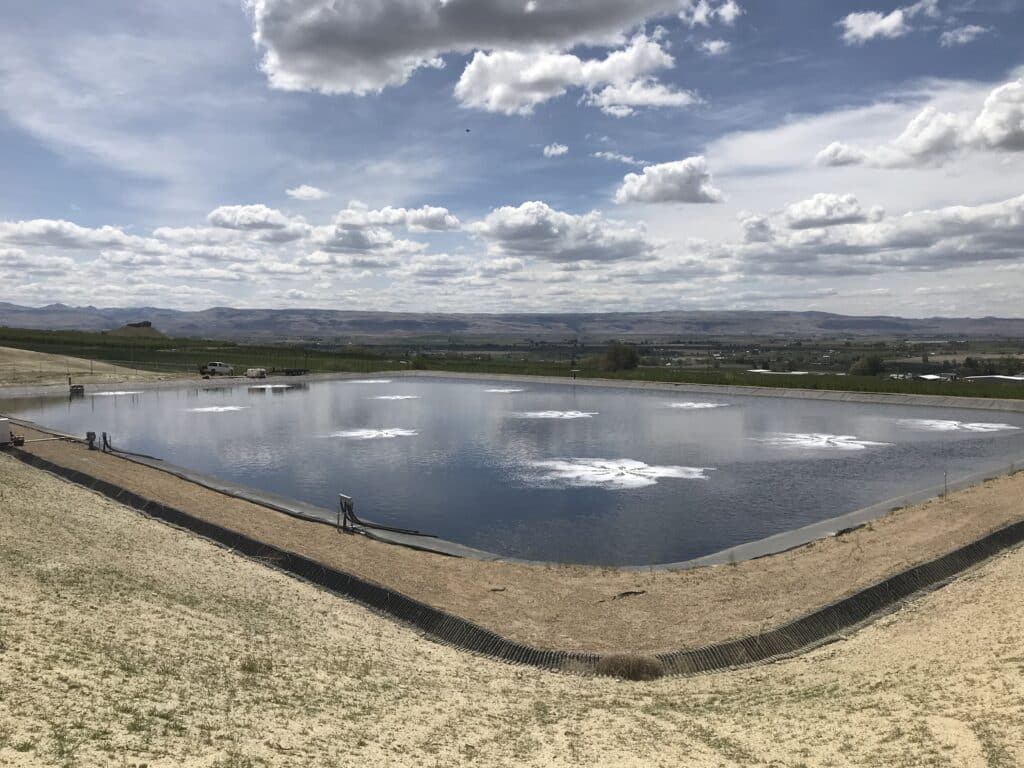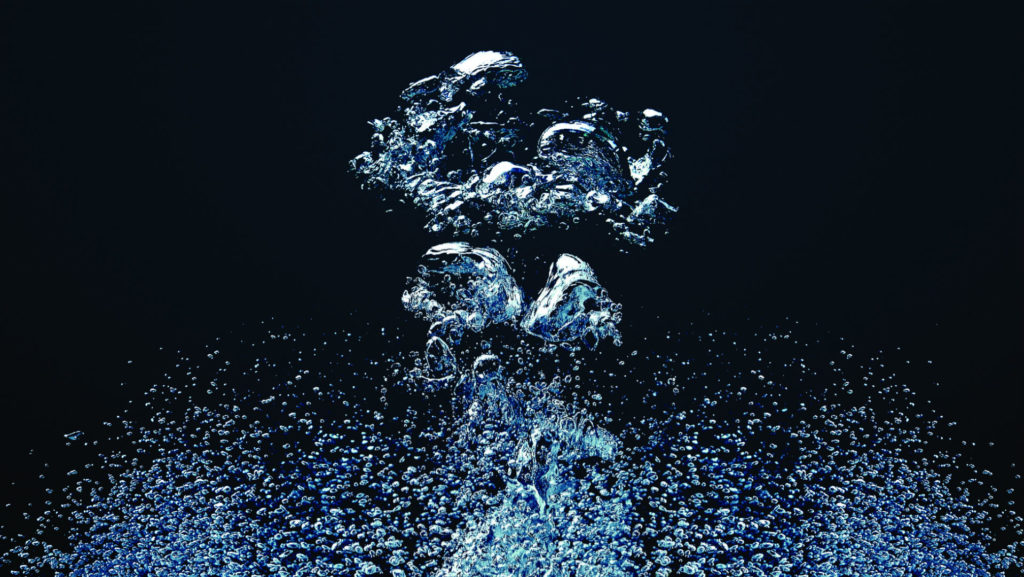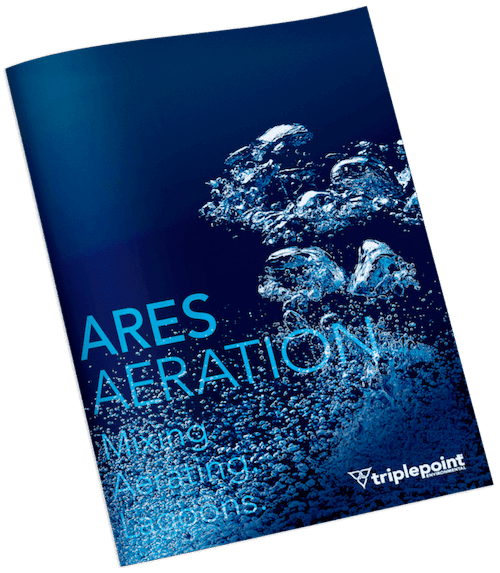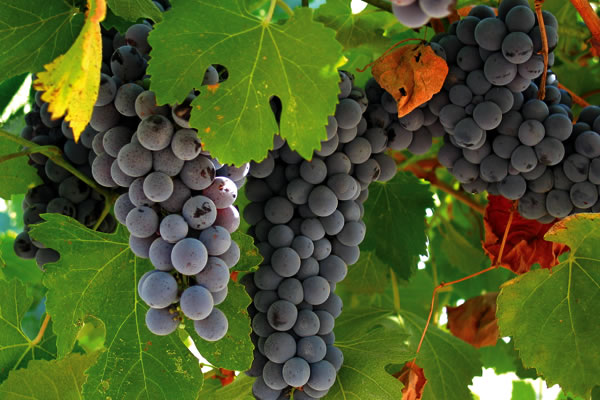The manufacture of wine, beer, and spirits is a water-intensive process, with up to 7 liters of water used in the creation of every liter of finished product. Approximately 70 percent of the water utilized during the winemaking or brewing process becomes a wastewater byproduct. Winery, brewery, and distillery wastewaters typically are very high in BOD. Moreover, winery and brewing operations can suffer “slugs” of BOD coming from bad batches or accidental spills from time to time. Brewers, winemakers, and distillers would undoubtedly prefer not to focus on wastewater, but it is a critical part of doing business. Insufficient wastewater treatment can cause permit violations and interruptions in production—both potentially costly outcomes.
Characteristics of Winery and Brewery Wastewater: High BOD, Shock Loads

Wastewater generated by a winery, brewery, or distillery can be pure liquid Biochemical Oxygen Demand (BOD) from bottling side spillage, or can include solids like seeds, stalks, yeast, and sedimentation waste, which is expressed as Total Suspended Solids, or TSS. Washwater from the cleaning of floors, equipment, pipes, and vessels may contain cleaning chemicals that can disrupt the biological breakdown in a wastewater treatment process. Overall, wastewater from the production of wine, beer, and spirits is generally highly soluble biodegradable organic compounds.
Brewery: The state of Wisconsin, well known for its many breweries and microbreweries, specifically addresses brewery effluent in its wastewater educational materials. The Wisconsin Department of Natural Resources’ Advanced General Wastewater Study Guide states that brewery wastewater can have a BOD of 1,000–4,000 mg/L and a TSS from 200–1,000 mg/L.
Winery: Process water from the production of wine generally has a BOD from 300–3500 mg/L, but that can go as high as 12,000 mg/L during crush season, with a TSS from 10–800 mg/L.
Distillery: According to studies of molasses- and cane sugar-based rum distilleries in India, BOD levels can reach high into the tens of thousands with a TSS of around 350 mg/L.
In addition, production schedules can vary—over the course of the day or seasonally with the vintage cycle—making it important for a winery, brewery, or distillery wastewater system to be capable of adapting to inconsistent flows: surges in volume and variations in influent strength and temperature.
Clearly, with these significant BOD and TSS levels and variable loading, effective and economical process water treatment can be challenging.
Winery and Brewery Wastewater Lagoons
A lagoon can be an ideal treatment option for beer, wine, and spirits production wastewater because it is relatively low-maintenance, environmentally friendly, easy to operate, and cost-effective. A lagoon with sufficient capacity can easily cope with peak loads and changes in influent volume and temperature. An insufficiently maintained lagoon, however, can cause problems: Sludge buildup can reduce capacity, decrease treatment time, and cause objectionable odors; for more information see our article on Causes and Effects of Wastewater Lagoon Sludge Explained.
Maximizing a Winery, Brewery or Distillery Wastewater Lagoon
To treat process water effectively, a wastewater lagoon requires Aeration and Mixing. Lagoon aeration is the process by which mixing and oxygen combine to create an active aerobic treatment environment, where bacteria and microorganisms naturally break down and metabolize lagoon BOD and lagoon TSS. The effectiveness of a process water aeration system depends directly on its ability to both aerate and mix.
While all wastewater treatment lagoons require mixing and aeration, it is particularly critical in winery, brewery, and distillery wastewater because of the high levels of BOD. Sufficient mixing and aeration can prevent the buildup of sludge, which, in addition to disrupting treatment and causing odors, can reduce lagoon capacity—critical to a lagoon’s ability to cope with surges in flow.

Ares Aeration® is ideal for winery, brewery, and distillery wastewater lagoons because it provides mixing and aeration in a single modular unit. The patented Double Bubble technology combines a fine bubble membrane for efficient oxygenation with a course bubble static tube aerator for intense turbulence and mixing to treat the entire water column.
Together, these components allow the Ares diffuser to oxygenate and treat water effectively while still using energy efficiently. Triplepoint’s Ares also features a portable design—each unit has its own weighted legs and is fed air via flexible weighted tubing. With its flexibility in placement, it can be utilized to manage practically any wastewater treatment cell by simply lowering it in from the surface.


